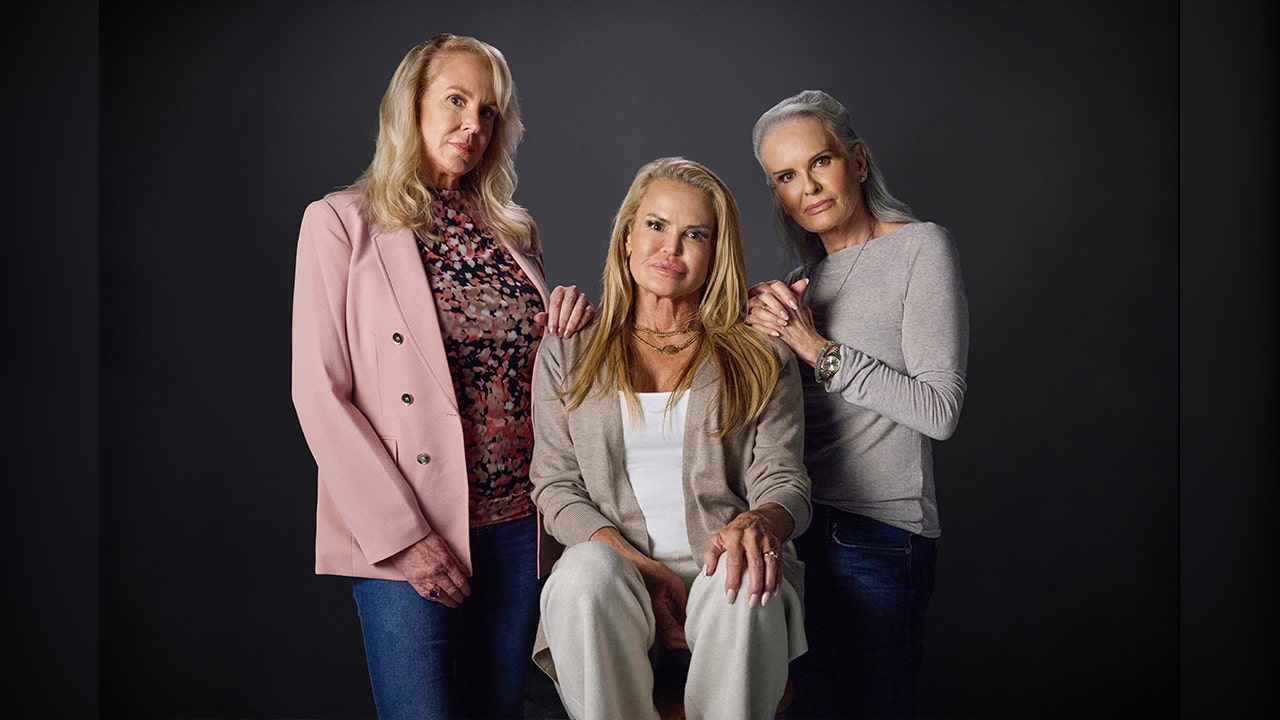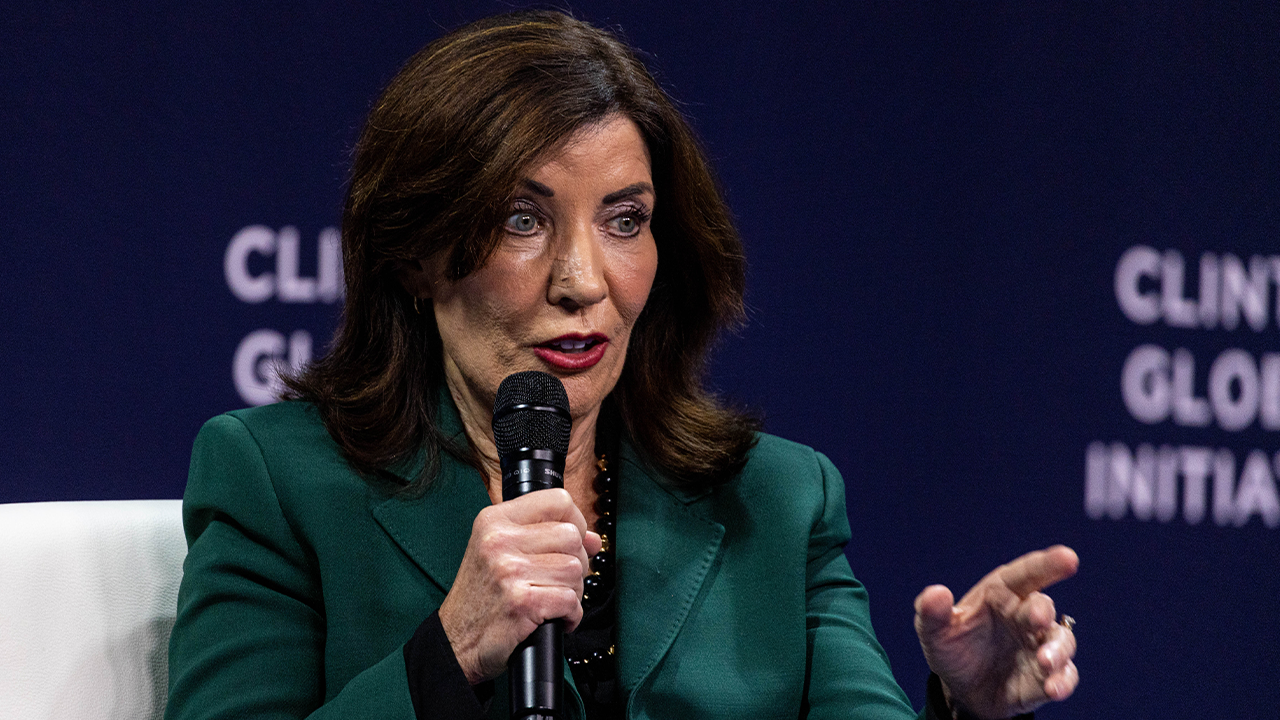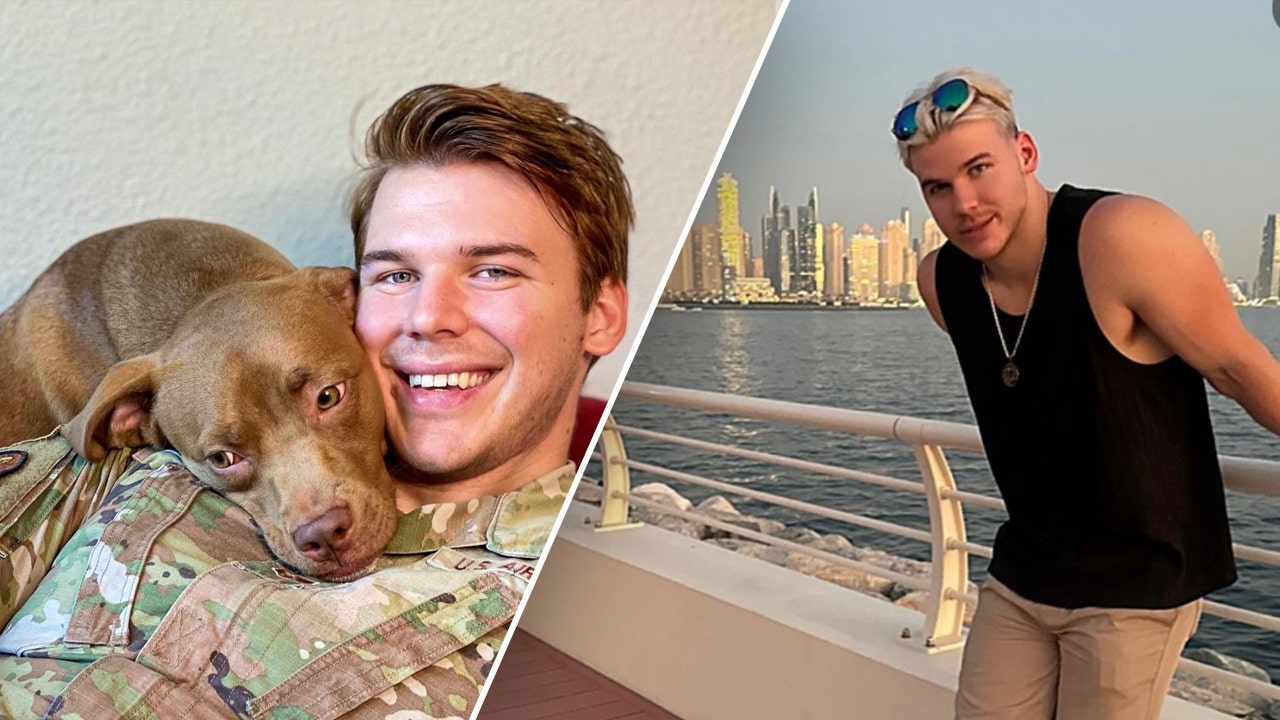John C. Bahnsen Jr., a retired Army brigadier general who was awarded 19 decorations for valor during the Vietnam War, mostly for his swashbuckling, hands-on command of an air cavalry troop that saw heavy combat, died on Feb. 21 at his home in Rochelle, Ga. He was 89.
His wife, Peggy Bahnsen, a retired lieutenant colonel, confirmed the death. She said he had congestive heart failure.
General Bahnsen was among the most decorated combat veterans in U.S. history. He was awarded the Distinguished Service Cross, the nation’s second-highest honor for heroism, behind the Medal of Honor; five Silver Stars; four Legions of Merit; three Distinguished Flying Crosses; four Bronze Stars (three for valor); two Purple Hearts; and the Army Commendation Medal with a “V” device for valor.
He earned most of those awards during the second of two Vietnam tours, when he led a troop in the 11th Armored Cavalry Regiment that was commanded by Maj. Gen. George S. Patton, the son of Gen. George S. Patton Jr. of World War II fame.
The younger Patton’s battle dictum was “Find the bastards and pile on.” Temperamentally, General Bahnsen, a major at the time, seemed perfectly suited for the job. As James Noe, one of his pilots, recalled, upon taking command of his troops, General Bahnsen asked, “Who wants to wrestle?” (Nobody did.)
He was also blunt in describing their mission: to kill as many North Vietnamese soldiers as possible, even as protesters back home called American troops “baby killers” and worse.
“We’re not there for the hearts and minds of people,” Mr. Noe said in an interview. “We are there to kill the enemy. That’s what he put in our psyche.”
Unlike fellow commanders who led from a desk, General Bahnsen led troops from his own helicopter — a tactic that allowed him to coordinate air and ground forces simultaneously, which he did while firing his rifle and dropping grenades from his window.
“We thought he had a death wish sometimes,” Mr. Noe said.
He did, but not for himself.
“The enemy of my country is my enemy, and our mission was to kill them,” General Bahnsen said in a 2013 interview with the American Veterans Center. “You could capture them if you could. We captured a lot of them in my units, but we also killed them. And my feeling was, that’s our job.”
He was unrelenting. He often landed his helicopter to fight alongside his ground troops. One day, he was shot down three times. Each time, he ordered delivery of a replacement helicopter so that he could return to attacking.
General Bahnsen “created a legend around himself,” Gen. H. Norman Schwarzkopf, the top U.S. commander in the Gulf War, wrote in the foreword of “American Warrior” (2007), General Bahnsen’s autobiography. “No one I know ever doubted his undaunted valor and boundless energy for mixing it up with the enemy.”
General Bahnsen was awarded the Distinguished Service Cross for his actions during a battle in early 1969.
After his crew chief was severely wounded amid heavy gunfire at low altitudes, General Bahnsen evacuated him, refueled and rearmed.
“I was mad as hell!” he wrote in his autobiography. “I thought those bastards had just killed my crew chief.”
Not knowing whether the crew chief was alive or dead — he survived but was paralyzed — General Bahnsen returned to the battle site.
“Forcing them to a confined area, he marked their position and directed five airstrikes against them, while at the same time controlling four separate rifle platoons,” his award citation reads.
Enemy fire crippled his helicopter, so he returned to his base and got another.
Upon returning, the citation says, he “landed to guide in the lift ships carrying an additional infantry unit, and then led a rifle platoon through dense terrain to personally capture two enemy who were attempting to escape.”
He ordered the captives to be evacuated by helicopter while he remained on the ground, and led his squad on foot for more than a mile to a safe position.
John Charles Bahnsen Jr. was born on Nov. 8, 1934, in Albany, Ga., and got the lifelong nickname Doc from his grandfather, a Danish immigrant and veterinarian who owned a diary farm. His father was a soil conservationist and an Army reservist. His mother, Evelyn (Williams) Bahnsen, managed the household.
He graduated from the Marion Military Institute in Alabama in 1952 and was accepted by the United States Military Academy at West Point. He was not, by his own admission, a particularly good student, graduating 406th out of 480 students with a commission as a second lieutenant in the infantry.
After officer basic training, he attended airborne school and served as an aviator with the Third Aviation Company of the Third Infantry Division in Germany. He later transferred to armored warfare and led a tank company.
His first Vietnam tour was in 1965, when he commanded a gunship platoon.
The next year, he returned to the United States and served as a staff officer in the Army Aviation Directorate at the Pentagon. While there, he reconnected with the younger General Patton, who had been one of his superior officers at West Point.
When General Patton, then a colonel, took over the 11th Armored Cavalry Regiment in Vietnam, he brought General Bahnsen with him to lead an air cavalry troop. General Patton, an intimidating, hard-to-please presence like his father, found General Bahnsen worthy of praise.
“He is one of those rare professionals who truly enjoys fighting, taking risks and sparring with a wily foe,” General Patton wrote in an evaluation of General Bahnsen, adding that he was “the most highly motivated and professionally competent leader I have served with in 23 years of service, to include the Korean War and two tours in Vietnam.”
General Bahnsen later served in Germany and South Korea. He retired in 1986 with one star.
He married Patricia Fitzgerald twice, in 1956 and, after they had divorced, again in 1972. Their second marriage also ended in divorce. Between those marriages he married Phyllis Shaughnessy, in 1969; that marriage, too, ended in divorce.
He married Margaret Miller, known as Peggy, in 1974. Lt. Col. Bahnsen was the first woman to serve as regimental tactical officer at West Point. She was also a professor of military science at West Virginia University.
In addition to his wife, General Bahnsen is survived by three children from his first marriage, Chris, LeeAnne and Jimi Bahnsen; another child, Minh Nelson Bahnsen; eight grandchildren; four great-grandchildren; and a brother, Peter.
In the final weeks of General Bahnsen’s life, Mr. Noe returned for duty, helping to dress and take care of him.
One day, helping to clean General Bahnsen’s behind, Mr. Noe remarked that he had kissed many generals’ behinds but never wiped one.
“He got a good laugh out of that,” he said. “It was an honor to be there for him.”






